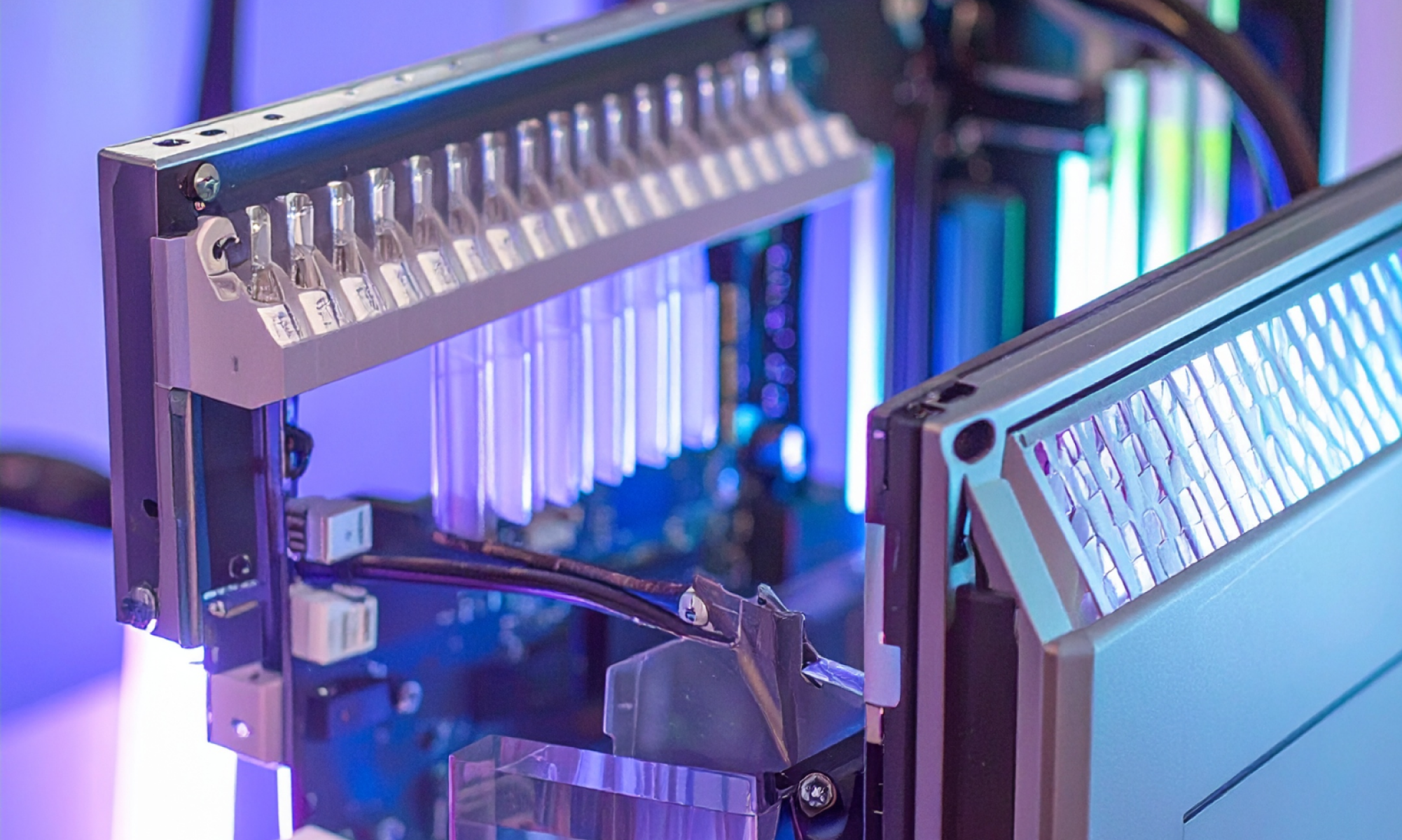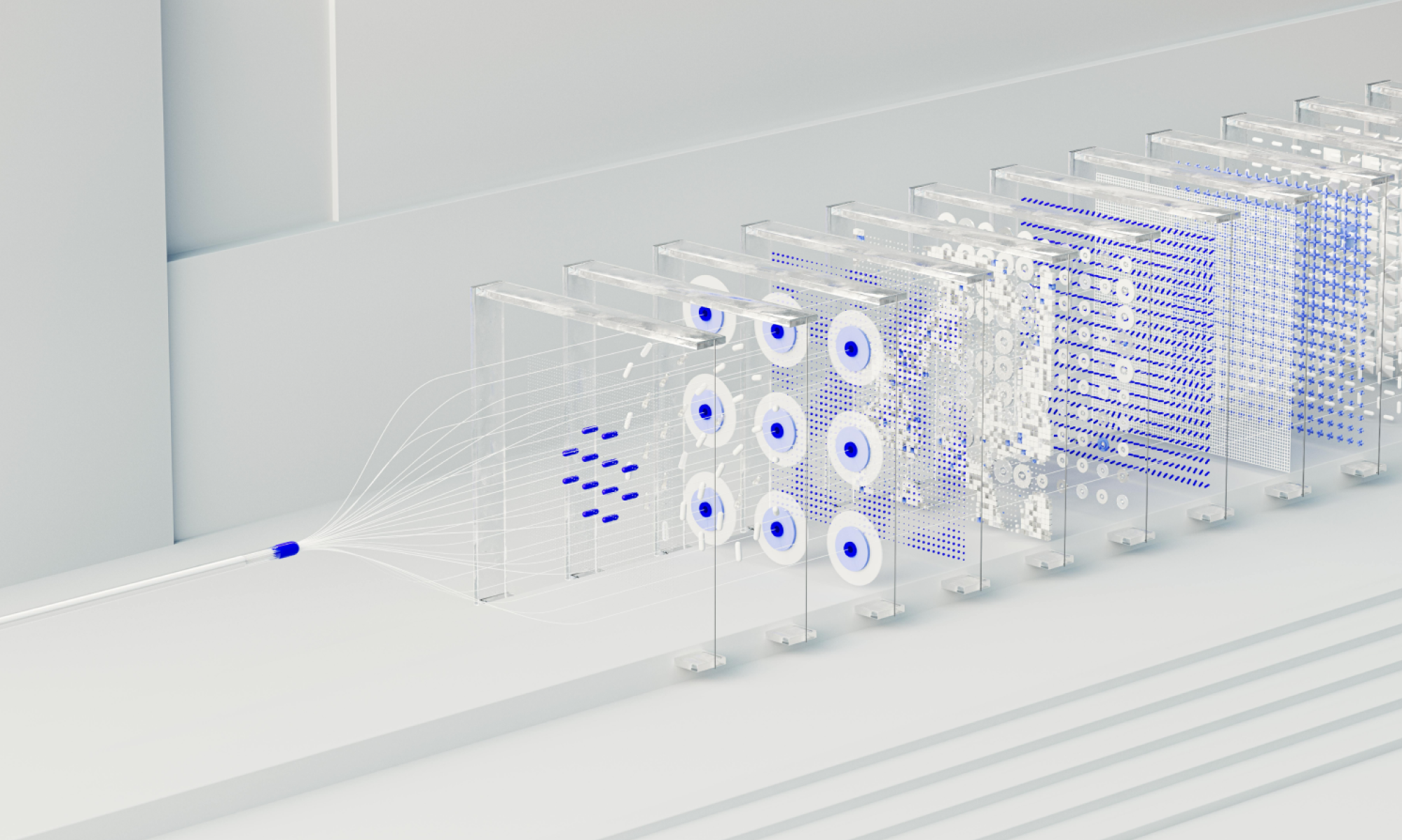AI
our blog
Optimising B2B Workflows with AI Process Discovery

Even well established processes often hide inefficiencies. Teams can assume workflows are optimal, relying on manual mapping or anecdotal experience, missing bottlenecks, redundant steps and hidden delays that slow operations and frustrate.
AI can uncover patterns that aren’t obvious. By analysing logs, interactions and operational data, it identifies repeated bottlenecks, highlights steps that add little value and suggests improvements that human observation alone might miss. For example, AI might flag that multiple teams are performing the same task in different ways or that approvals in a workflow consistently take longer than expected.
For many B2B organisations, this challenge is amplified by semi connected systems – CRMs, project tools and finance platforms that don’t talk to each other. Teams jump between interfaces, duplicate data and lose visibility across departments. AI-driven process discovery helps map these disjointed workflows, revealing where integration, automation or a customised platform built for purpose could make the biggest difference. The result is not just smoother operations but connected systems that improve output, reduce manual effort and deliver centralised insight.
Spotting these patterns early allows teams to target the areas where change has the biggest impact. Effective process discovery requires structure. Teams need to identify critical data sources, define measurable objectives and continuously monitor changes to ensure suggested improvements are practical and deliver real value. Incremental testing is therefore key - implementing small changes, measuring outcomes and iterating where necessary prevents disruption while steadily improving efficiency.
At Studio Graphene we combine AI insights with human expertise to uncover hidden patterns in workflows and operational data. These insights then inform the design of custom software solutions tailored to address the specific inefficiencies AI has revealed. By building purpose built platforms and optimised workflows, organisations can reduce waste, shorten cycle times and free up resources for higher-value work - turning insight into measurable business impact.
The benefits extend beyond operational efficiency. Teams gain confidence in their processes and decision making becomes faster. Hidden inefficiencies don’t have to stay hidden. AI-driven process discovery shines a light on bottlenecks, empowers teams to act confidently and creates workflows that are smarter, faster and more effective.









